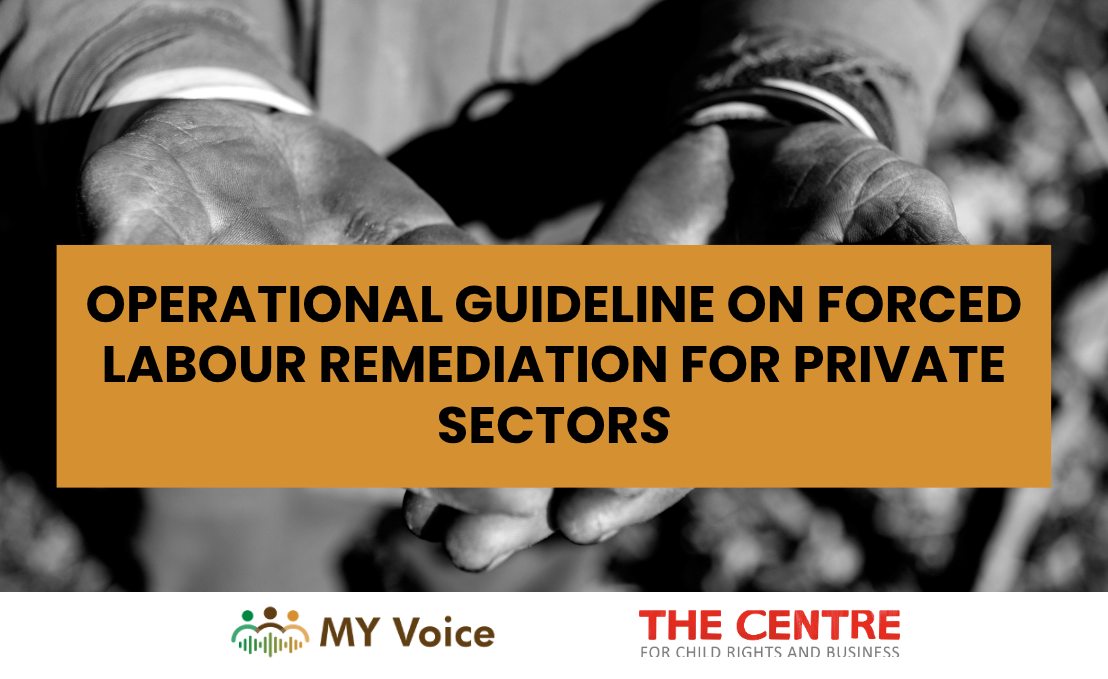

“Operational Guideline on Forced Labour Remediation for Private Sectors” is Malaysia’s first comprehensive guide to support companies in remediating forced labour in Malaysia’s palm oil and textiles sector. Together with seven additional toolkits, these resources serve as a starting point—one that opens up honest conversations, invites critical reflection, and inspires collective action. Remediation is not a one-size-fits-all solution, but a journey that must be shaped thoughtfully, responsibly and together.
Why this guideline and toolkit?
Forced labour remains one of the most egregious human rights violations in global supply chains. While growing awareness and regulation have led some companies and organisations to adopt mitigative and preventive measures, addressing the harm experienced by workers once forced labour is identified remains a complex and resource-intensive challenge.
What sets this guideline apart is its grounding in practical realities. While the principles and framework it presents are broadly applicable across industries and geographies, it has been developed with particular sensitivity to contexts like Malaysia, where the economy depends heavily on migrant labour from many different origins and where companies operate in a high-risk environment. The combination of complex regulatory frameworks, multi-layered supply chains and recruitment systems, and a wide range of actors involved throughout the migration and employment journey presents urgent challenges for remediation. This guideline is built with these complexities in mind and offers a realistic and adaptable framework to support companies throughout the remediation process.
What’s inside?
Clear remediation steps after a forced labour case is found
Best practices for engaging with affected workers
Real case studies and tools
Who is it for?
Palm oil companies wanting to address forced labour risks head-on
HR, compliance and grievance teams
Supply chain managers
Risk and due diligence leads
Developed under the former USDOL-funded MY Voice project, these resources outline key principles, practical steps and good practices for effective remediation.
The guideline is accompanied by seven practical tools, including case studies and real-world examples to support implementation.
Download the Guideline and Toolkit


2025 Guideline on Forced Labour Remediation for Private Sectors.pdf


Annex 1 Examples of Remediation Programme for Different Types of Forced Labour Cases.pdf


Annex 2 Key Definitions.pdf


Annex 3 General Guideline on Assessing and Preventing Forced Labour Risks.pdf


Annex 4 Data Collection_Analysis, Objective of Enhancement Plan and Integration into Management System.pdf


Annex 5 A list of Forced Labour Service Providers.xlsx


Annex 6 Information Gathering Sheet.pdf
2025/12/16
Webinar: Addressing Child Labour in Complex Upstream Supply Chains: Agriculture, Mining and TextilesBy using this website, you agree to our use of cookies. We use cookies to provide you with a great experience and to help our website run effectively.